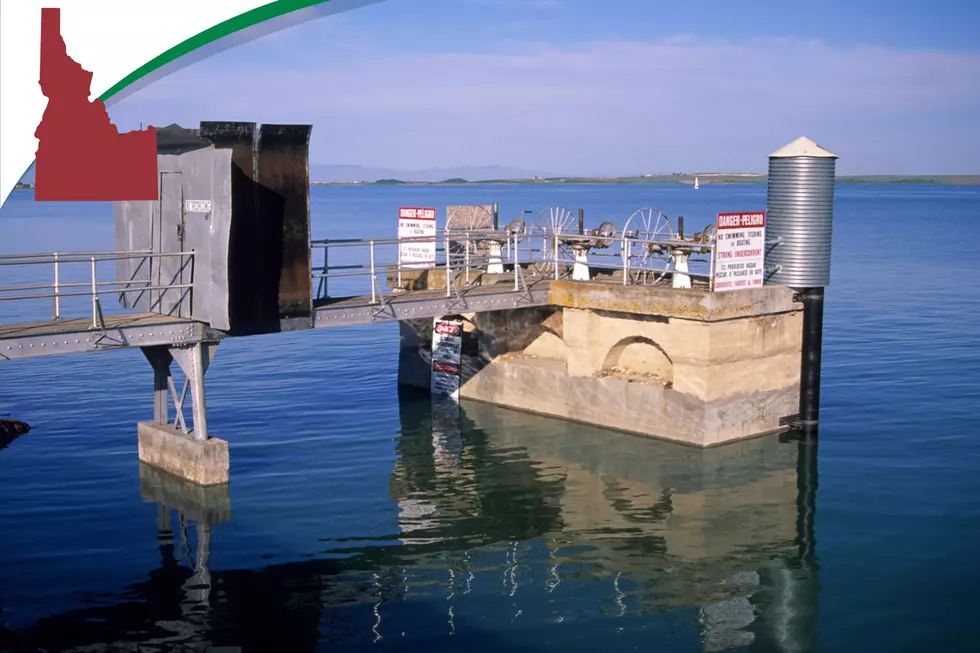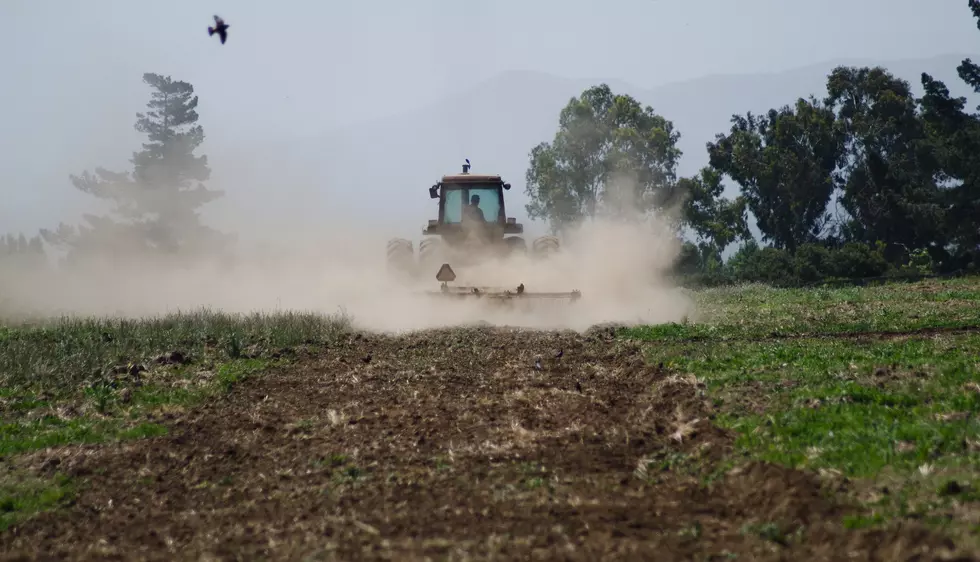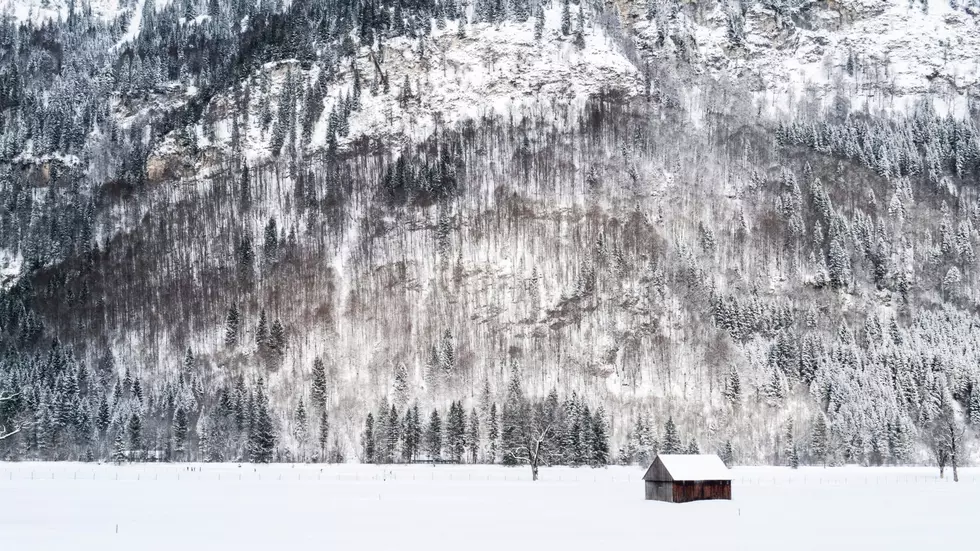
Oregon Starting Water Year Very Dry
The 2017-18 water year was a challenging one for Oregon, with low snowpacks and precipitation totals well off average for most of the state. And unfortunately, it appears that trend will continue into the new water year. Scott Oviatt with NRCS said occasionally the state can with stand a dry summer thanks to moderate temperatures, easing the pressure on water supply. But this is not one of those years.
“With the warm summers we’ve had the past two summers, we’ve used up the benefits or the amount of water supplies in those reservoirs, and with the addition of having limited stream flow input, so we weren’t able to store or to continue to store water. So, now we’re going in with a deficit in many of our reservoirs with low stream flows and very dry soil moisture conditions across the state.”
Oviatt said in an average year, Oregon’s snowpack is very light at this point of the year. However, snowpacks are light even by mid-November standards, and farmers are really feeling the pinch.
“We had a record stretch in many areas a lack of precipitation from essentially April to present day, where we’ve set records. So, we’re not accumulating the precipitation that we need and we’re not getting snow storm impact.”
Oviatt said farmers should try to conserve water where they can now. And he added there is hope, if Oregon’s mountains get healthy snowfalls this winter, and even early into spring.
If you have a story idea for the Washington Ag Network, call (509) 547-1618, or e-mail gvaagen@cherrycreekradio.com
More From PNW Ag Network









